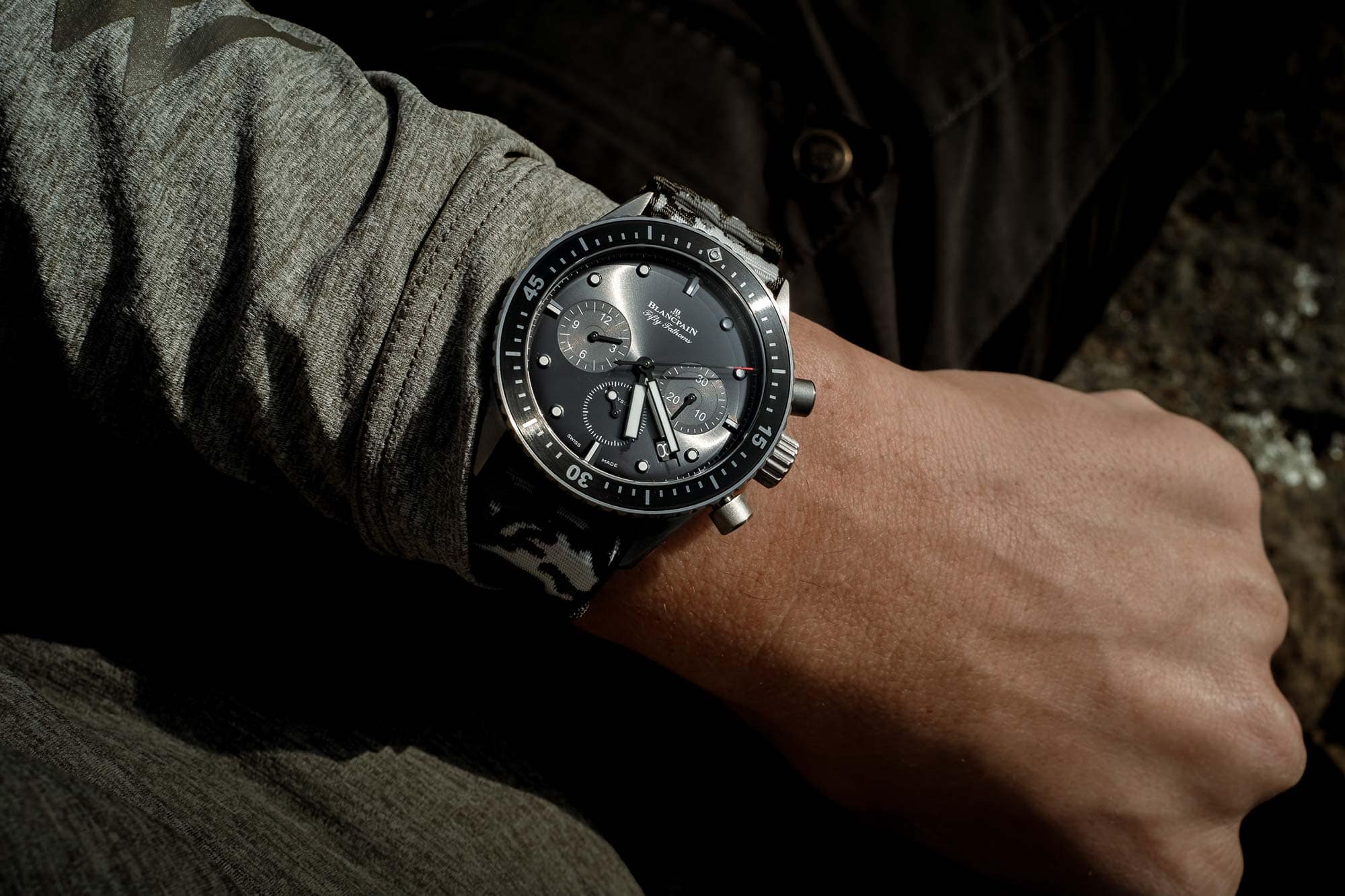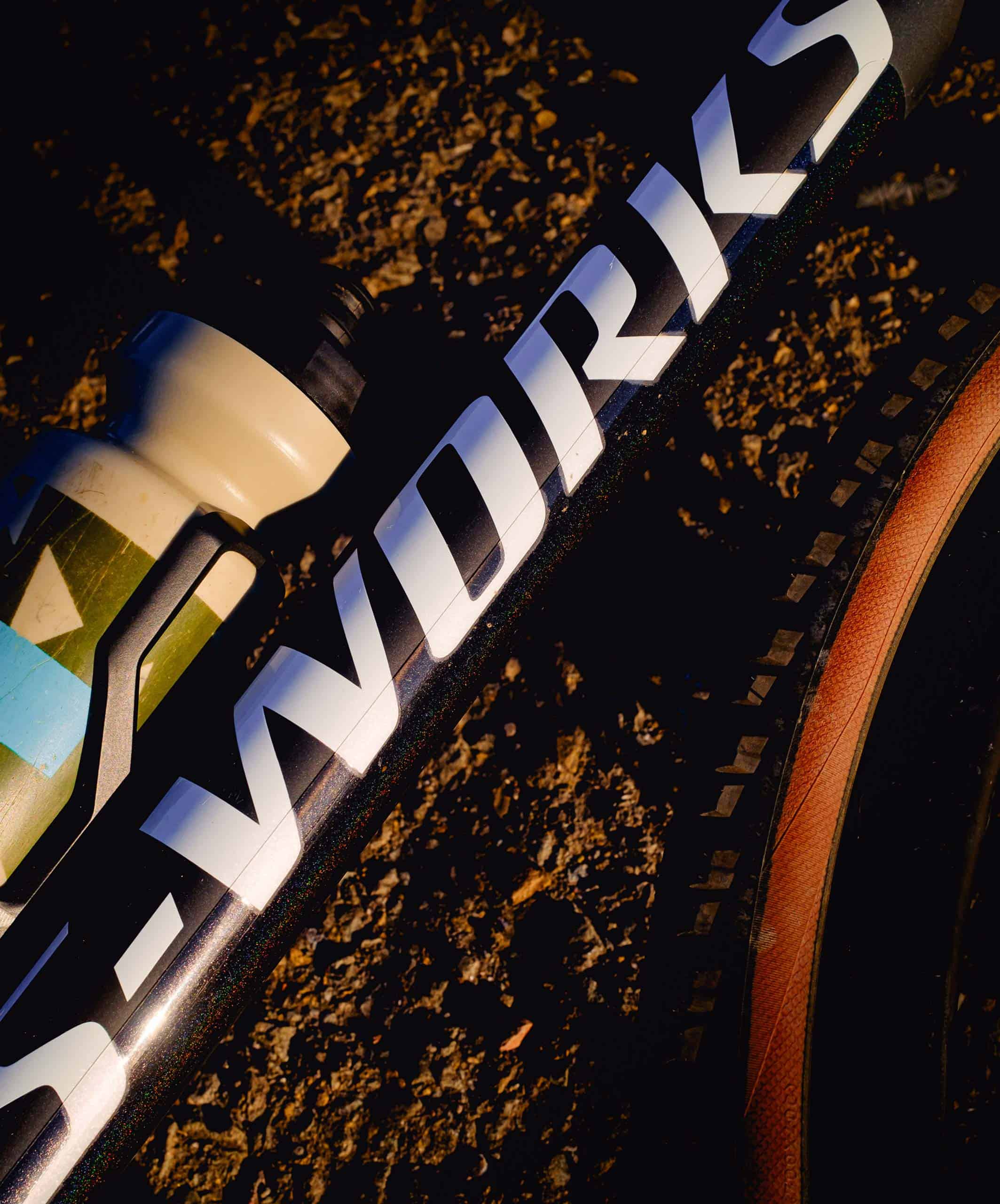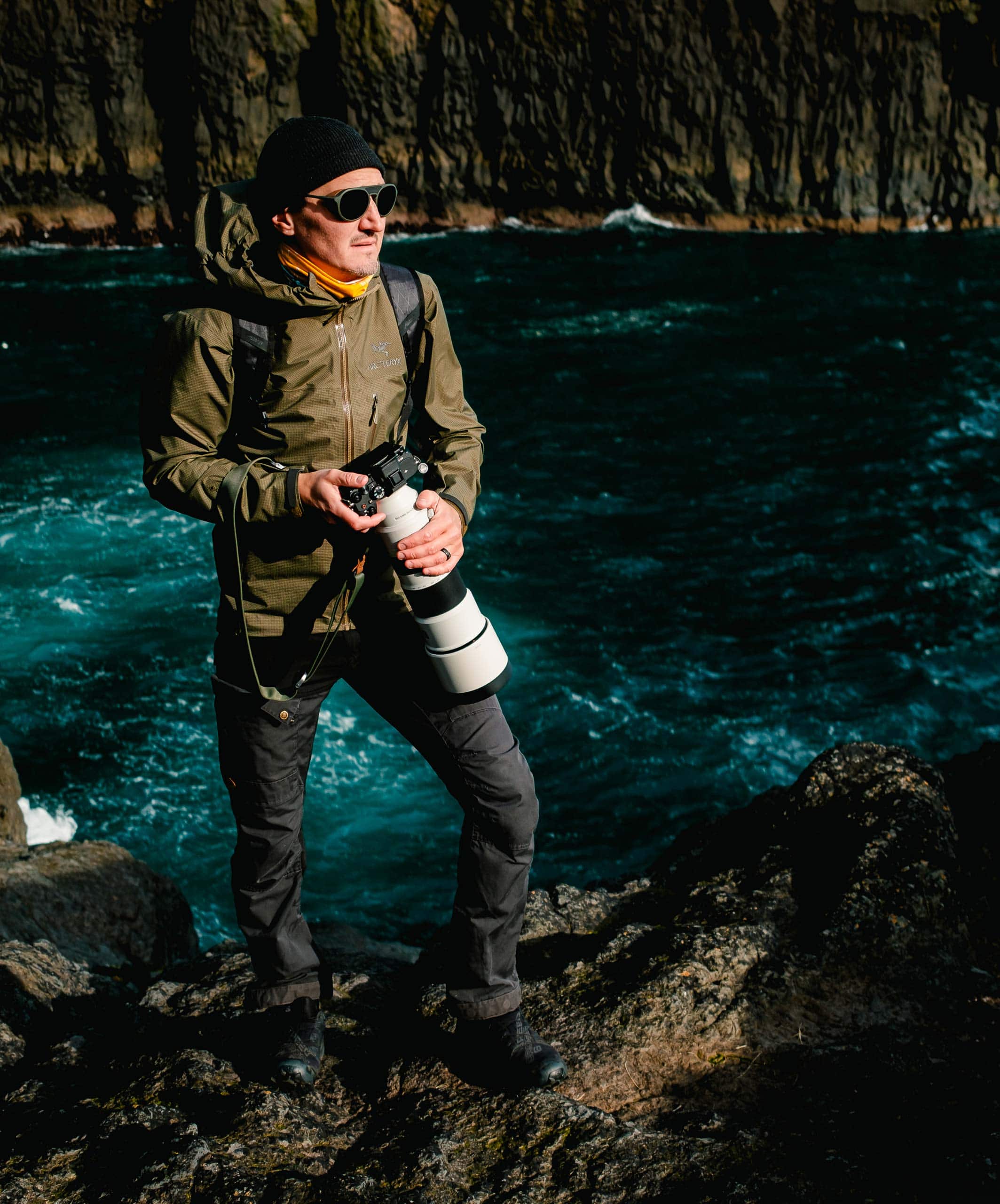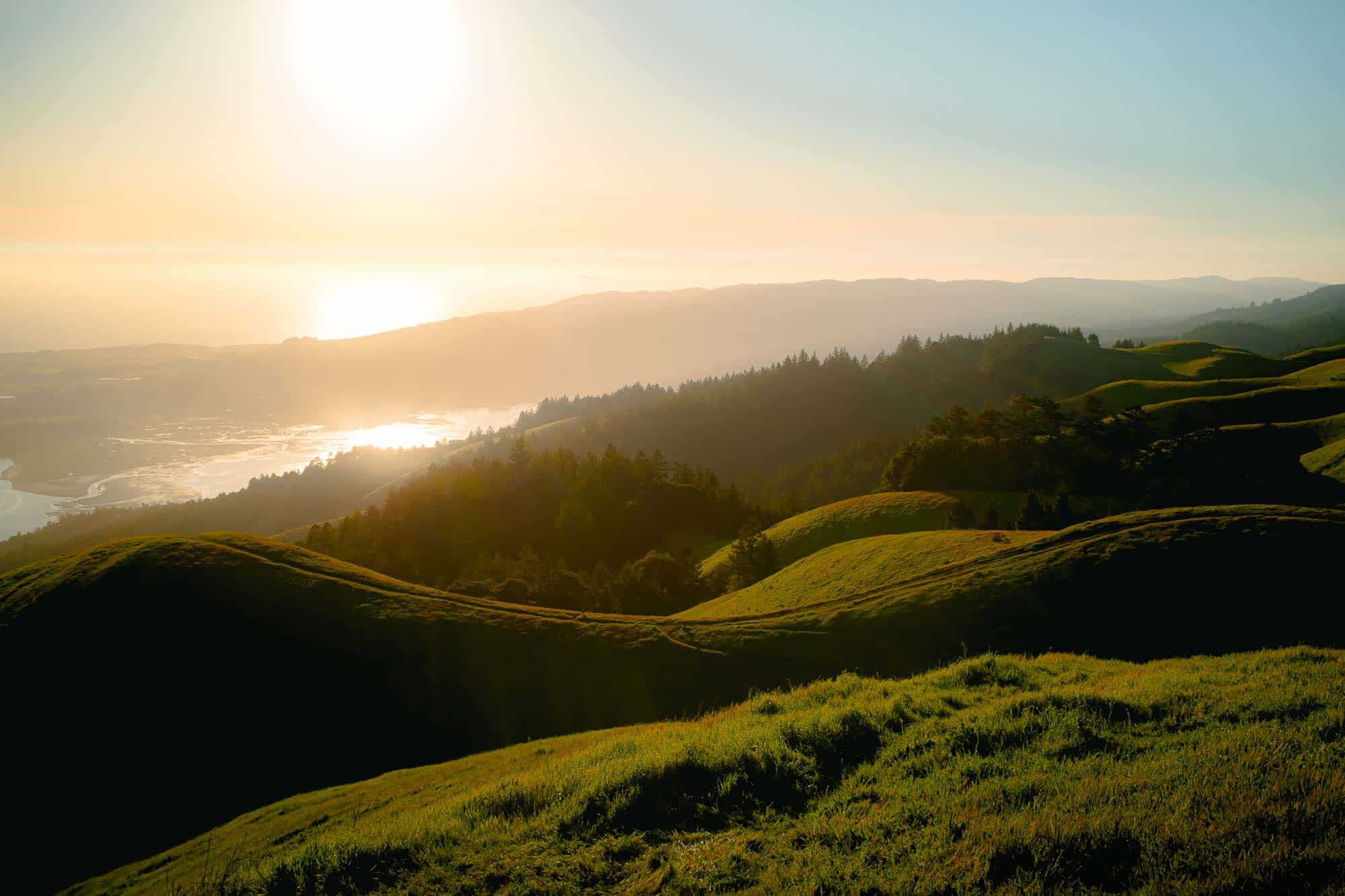
I bought this camera the same way that I buy a lot of things. I got an email saying it was available for pre-order, clicked ‘add to cart,’ used Apple Pay, brushed my teeth and went to bed. The whole thing took a matter of minutes, all told. Didn’t think much else from my Fujifilm X100VI pre-order — I’ve preordered quite a lot of camera gear over the years, and I know the rules: it’ll ship when it ships.
But a few days later, I started seeing Reddit threads and YouTube reaction videos to the X100VI’s late-February 2024 launch, where word on the street was calling it “the most pre-ordered Fuji camera ever – and maybe in history.” Wait, seriously? Indeed, according to various reports in the weeks that followed, pre-orders in China alone for this little camera were over 500,000 units, and with the factory only able to produce around 15,000 units per month, the math isn’t looking great – especially because pre-orders were also at “unprecedented levels” in North America and Europe as well. Unprecedented times indeed – so if your X100VI still hasn’t landed in one of those early delivery waves, here’s a quick list of reasons why you should stay the course – because like all good things, it’s definitely worth waiting for.
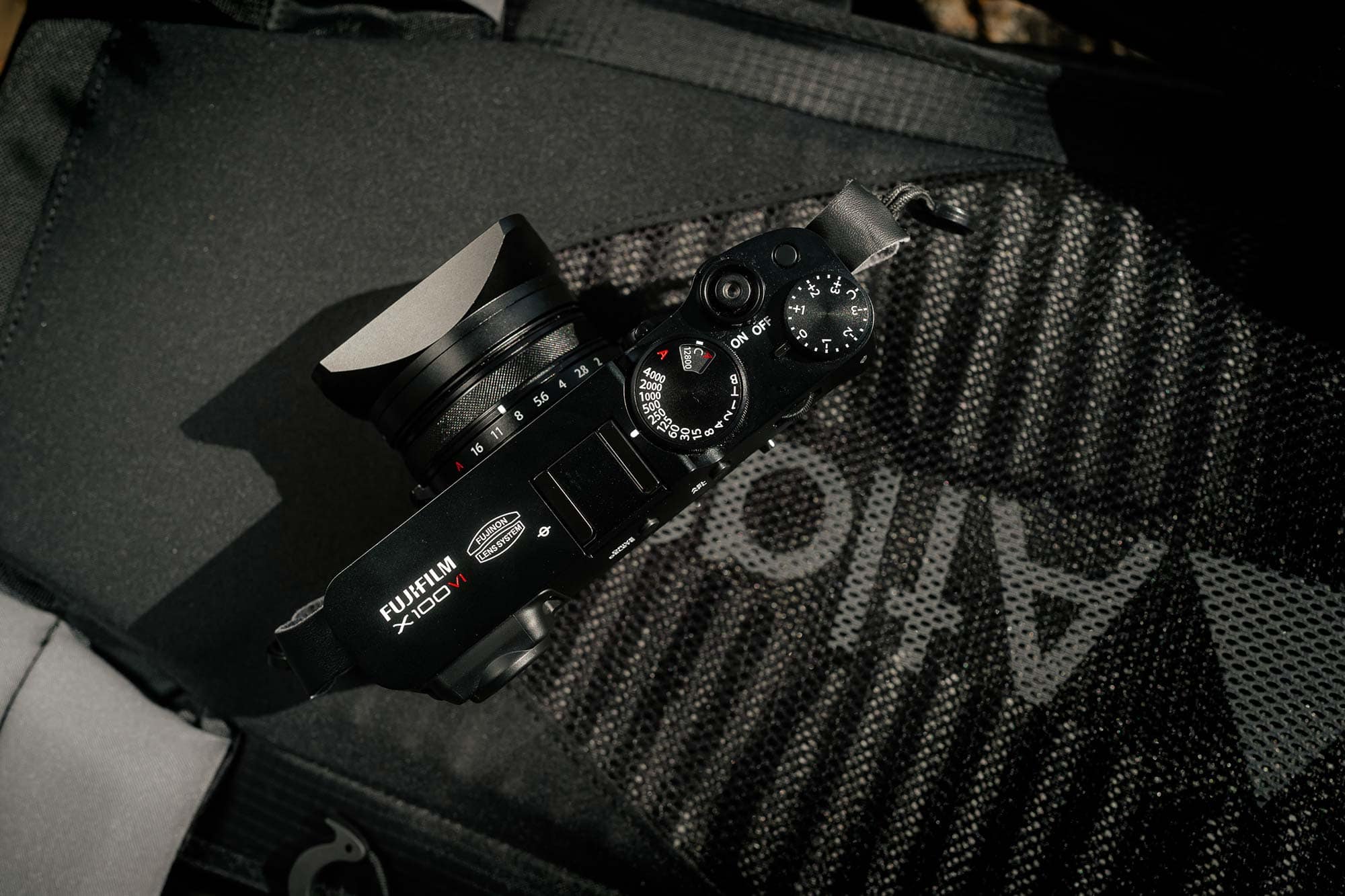
Before I get into the six reasons why this camera is worth the wait, I should preface all of this by saying that through my experience of shooting the Fujifilm X100F and the X100V, along with a whole host of other highly compact, and super-capable cameras in the interim – including the beloved Leica Q2, the streetwise Ricoh GRIIIx, and the criminally underrated Sony X100VII – I always come back to the X100 for the tangible ‘feeling’ of its images straight out of camera, and how neatly its power and form factor slot into my workflow and camera bag.
Now, while most of the TikTok-generated hype around this camera (and any hard-to-get object, really) is just that – hype, there is still something quite special about the X100 series. And while their spec sheet might not fit every project or shooting style, and the form factor might confound some more than it inspires, I would still argue that these cameras are an objective joy to shoot, and anyone with even a passing interest in photography owes it to themselves to give that hype a chance.
Speaking of spec sheets though, forget that for the time being. Camera capability in the year of our lord two thousand and twenty-four is important, but one must also remember that virtually every modern camera introduced in the arm’s race of the last three to five years is excellent. Incredible even. There’s just no way around it. Lenses are super sharp, autofocus is blazing fast, and the megapixels are plentiful. Now more than ever, choosing one camera vs. another has less to do with capability and more to do with feel. Hype or no hype, choose the camera that you want to bring with you — because the camera that’s in your bag, or in your hand when those moments happen, is going to be the best camera for you.

All that said, here are the specs so I don’t get fined:
40.2MP APS-C X-Trans CMOS 5 HR Sensor; X-Processor 5 Image Processor; Fujinon 23mm f/2 Lens (49mm filter); 35mm Full-Frame Equivalent; 6-Stop In-Body Image Stabilization; 425-Point Intelligent Hybrid AF System; Hybrid 0.66x OVF with 3.69m-Dot OLED EVF; 3.0” 1.62m-Dot Tilting Touchscreen; Bluetooth and Wi-Fi Connectivity; 20 Film Simulation Modes with REALA ACE
And with that out of the way, here are my top six reasons — in no particular order – of why the Fujifilm X100VI is worth waiting for. And one reason why it’s not, because there’s always that guy.
ONE:
It’s simply a better camera than any of the five X100 cameras that preceded it. This is obviously quite a stupid thing to say, but it’s true. While the first two iterations of the X100 were a little buggy and delivered inconsistent results, the platform has gotten more and more reliable and capable with each iteration — with the V feeling as though the camera had really ‘arrived’ (and with it, the hype). That said, the VI feels like yet another jump over the V, even though the overall look and feel of the camera is once again the same. Inside, there are a few key software & internal updates that you won’t notice with the camera in-hand, but if you’ve put a few thousand shots through the V, you’ll definitely notice the jump in the VI.
TWO:
One of those key updates is around the “in-body-image-stabilization” (or IBIS for short) making its X100 debut — a properly next-level feature in a camera of this size. I’m told it did slightly increase the physical size of the camera, from the V iteration, but unless you were to hold both cameras in each hand, I’d be willing to bet you’d barely tell the difference. One of the key identifiers of a truly great street or travel camera is an instrument that not only inspires creativity, but one that facilitates a higher hit-rate of shots and fewer missed moments in less-than-ideal shooting contexts. And with the new five-axis IBIS that impressively delivers up to six stops of usability, this camera opens you up to an entirely new world of cool, hand-held shots — whether it’s to save a rushed, candid moment, or to give you an edge for those handheld slow-shutter images. Personally, I’ve gotten perfectly usable shots all the way down to 1/10 to create a ribbon-like effect with a waterfall when I didn’t have a tripod handy.

THREE:
Speaking of not missing shots, the autofocus feels snappier. While the bright 23mm f/2 lens (35mm full-frame equivalent) is unchanged, and the number of focus points have remained the same from the outgoing X100V (425, for those keeping score at home), the continuous AF on the new model feels stickier and does a better job of grabbing a subject and keeping with it, whether it’s stationary or not. Plus, the new hybrid intelligent subject-detecting features are a cool update, and appear to work pretty well on house cats and well-behaved dogs, but let’s be honest – if you’re chasing animals or birds around with a 35mm equivalent, your innocence and optimism are adorable. Never change.
FOUR:
Megapixels don’t matter. Until they do. Whether you’re shooting a wrist shot, or need to punch in on some distant detail to find ‘the photo in the photo,’ the upgraded 40 megapixel sensor of the VI is a big leap over the 26mp of the X100V (and a quantum leap over the 12mp of the original X100), and puts the images from the new camera in cropping league with sub-compact offerings like the Leica Q2. Ultimately, this helps the X100VI break out of its niche a bit, and establish it as a more versatile, more capable choice across different shooting genres. You even might start finding more creative opportunities inside that exceptionally classic ‘wide-but-not-too-wide’ 35mm focal length.
FIVE:
The film emulsions are every bit as cool as they say. Sure, you can shoot in JPEG mode and get amazing, ready-to-share shots with each click of the shutter because nobody does JPEG better than Fujifilm, but I personally don’t like being married to a single film look, especially because certain locations or lighting scenarios can lend themselves better to different emulsions. Thankfully, if you shoot in RAW, all of the film emulsions – including the sweet new REALA ACE — can be changed at any time with just a few clicks, simply by cruising through the image profile dropdowns (look for the “Camera Matching” sub-menu) in Lightroom or Capture One.

SIX:
“The best camera is the one you have with you,” as the adage goes. And sure, nothing beats the portability of an iPhone, but the form factor of the X100VI has always been one of its key selling points for me. Granted, it’s slightly larger than other excellent street-ready alternatives from Sony or Ricoh, but it’s smaller than the Leica Q-series of cameras, which I’ve always felt were large small-cameras (or small large-cameras, take your pick). This portability enables the X100 to drop easily into a small sling or crossbody, or into a small slot in your professional camera insert. All this is key for me for several reasons – most of which is that if the iPhone is the ultimate ‘always with you’ camera, what’s the next best thing? The reason so much of our lives can be documented now is not because of the power of the iPhone, but the omnipresence in your daily carry.
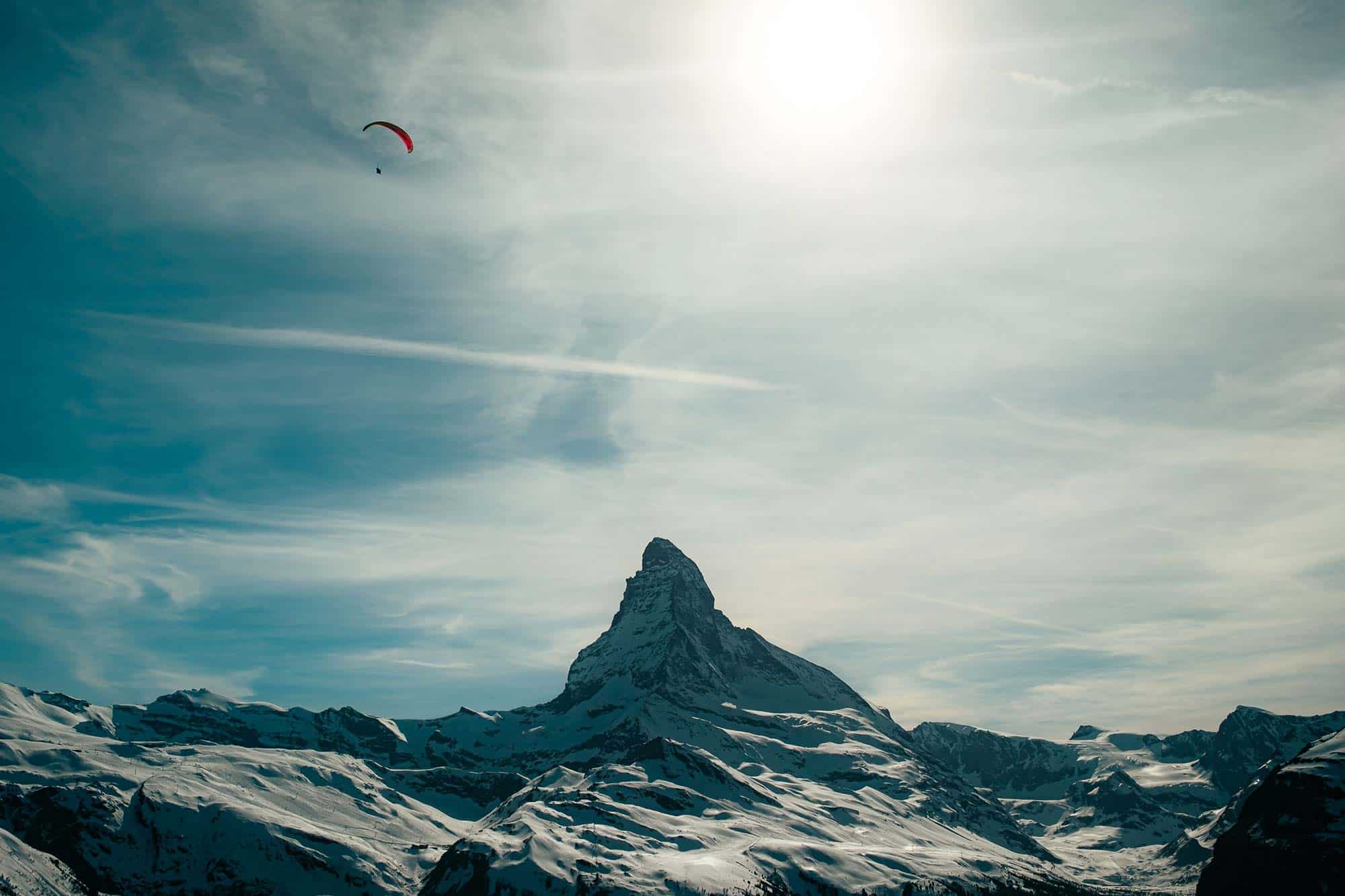
And with most of my work taking place between mid-telephoto prime ranges of 50 to 80mm and beyond, having a small quick-draw camera on the hip, so to speak, allows me more easily shoot the same scene from two dramatically opposite focal lengths, especially in wildlife contexts where I can easily photograph an animal, along with the environment it inhabits without swapping lenses.
AND THE CASE AGAINST:
It’s just a camera. And just how it’s a great time to be a watch collector, it’s a great time to be a photographer, with plenty of other fantastic alternatives to choose from, like the stunningly pocketable Ricoh GRIIIx (in my preferred 40mm focal length), the classic Sony RX100VII (with it’s mind-boggling and unbeatable 24-200mm zoom), or even the just released Leica D-Lux 8, a potential Q-killer for those who desire a smaller form factor and don’t need the full-frame equivalent. Modern cameras are exceptionally capable and fun to use — and each, is tailored to a slightly unique living experience or shooting style — and it’s up to you to find the one that best fits your lifestyle.
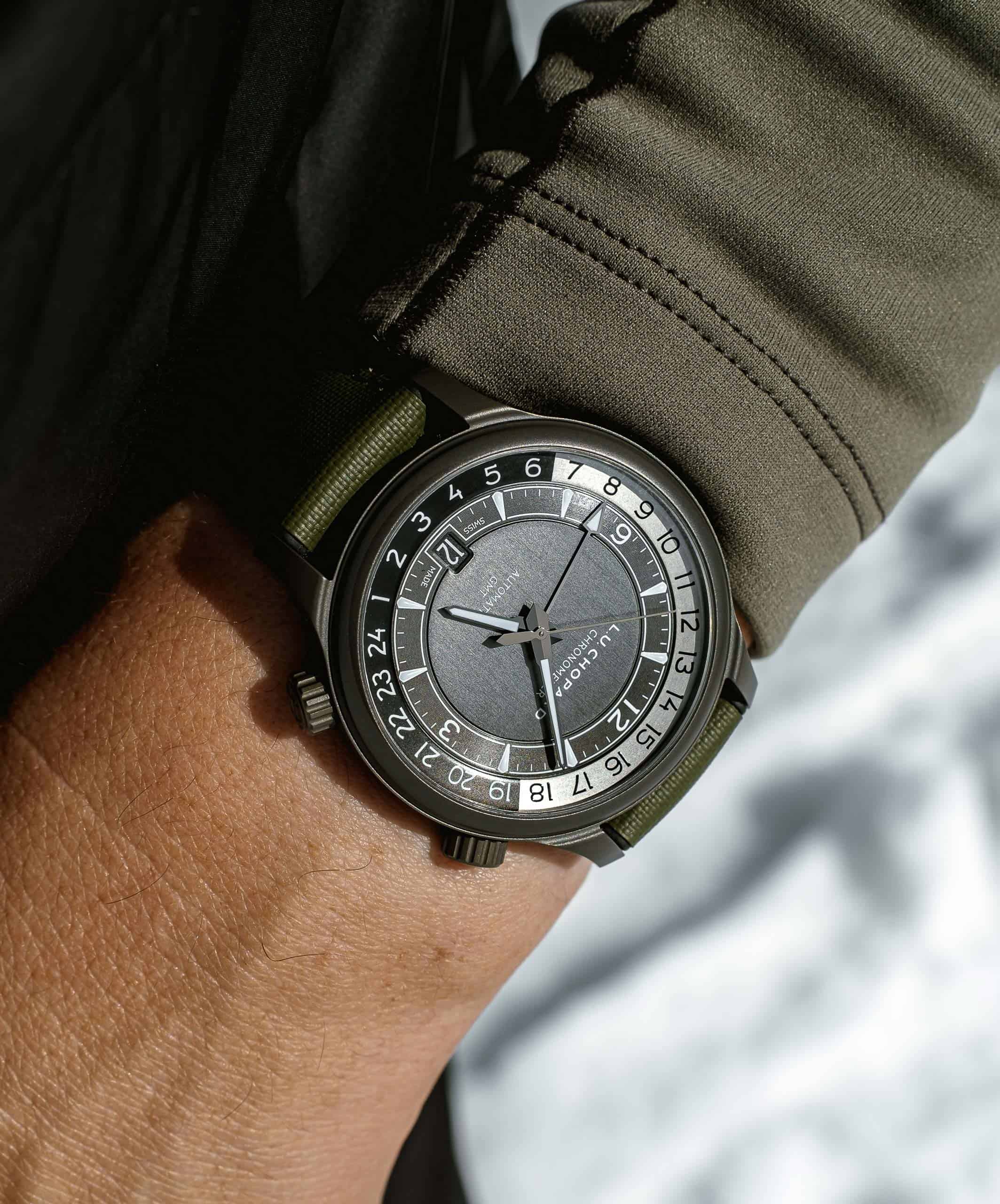
On that note, here’s to hoping Canon revives the excellent Powershot collection – I had a few fun years with a G10, and it remains the best point-and-shoot camera I’ve ever owned, full stop. Taking that form factor and updating it with a modern sensor, optics, and stabilization could certainly put it leaps and bounds above any of the aforementioned.
So don’t cancel that X100VI pre-order just yet – instead, maybe drive over to your storage unit and dig out that old Cyber-Shot digicam you had in college to keep you busy in the meantime, and remember – the camera alone won’t make it fun, where you take it, and what you choose to point it at is where the real magic begins.









 Featured Videos
Featured Videos





